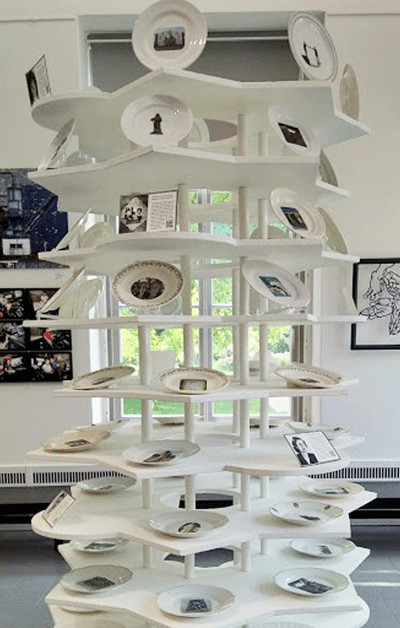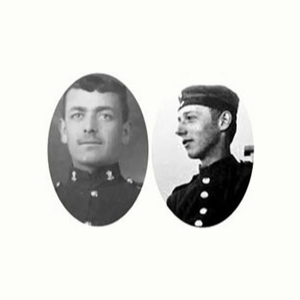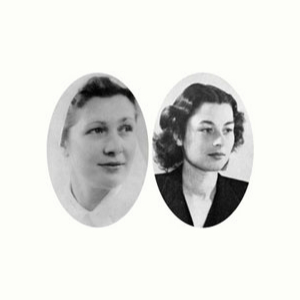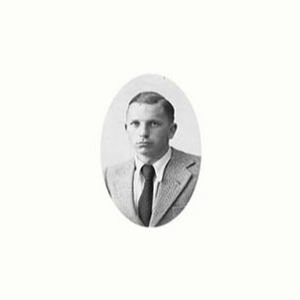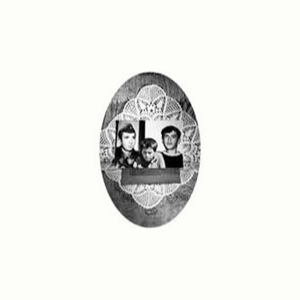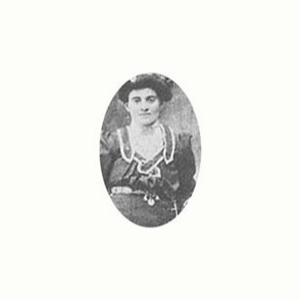Tower of Babel
The term 'Tower of Babel' symbolizing, among other things, pride and division that can lead to war. It is the political leaders and generals who pull the population into war. Ordinary people experience the consequences of this every day, and “get it on their plate” (a Dutch expression). In this time of rising nationalism, I want to reflect on this with this installation.
The tower consists of 10 “dining tables,” each representing a war, genocide, or war zone. Two tables are designated for both World War I and World War II. Each table has seats for 7 people but is set for 6. The seventh seat symbolises the person who is missing, representing those who were killed, murdered, or perished in that specific war.
The sharp edge of the table where the plate is missing, pricks your stomach, symbolizing the grief of loved ones for their lost family member. Each plate displays an image of a monument commemorating the war associated with that particular table.
This installation consists of a total of 60 monuments located in 28 countries across Europe.
The photo to the right shows the installation as displayed in the Castle Het Nijenhuis's Garden Room.
This work is created for the ZomerExpo (SummerExpo) organized by ArtWorlds, theme Europe.
see videoregistration Tower of Babelto read more about the missing 7th person at the table, click here
Please find below brief background information for each table on the individuals who are absent from that table.
PS: I have taken great care in compiling the information on these pages. However, I cannot guarantee that there are no inaccuracies in the texts or that information is not missing. The numbers of fatalities per war are approximate.
I have made efforts to contact the copyright holders and obtain their permission for the use of their photos on this website. If anyone believes that their material has been used here unfairly without prior permission please contact me.

